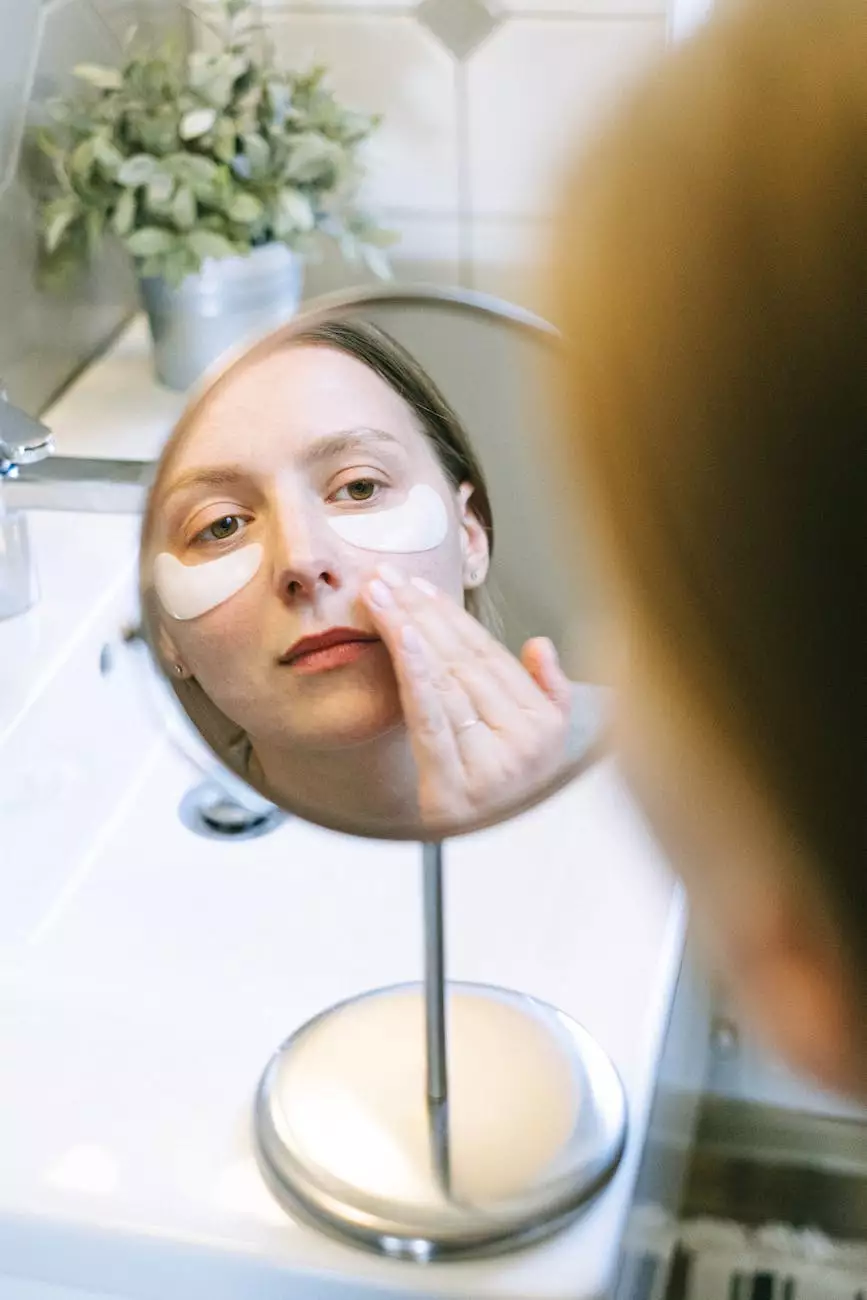What is External Rotation of the Shoulder?

External rotation of the shoulder is a fundamental movement that plays a crucial role in maintaining shoulder joint health. In this article, we will delve into the details of external rotation, its benefits, and its significance in various fields of health and medical practices, such as chiropractic and physical therapy.
The Importance of External Rotation
External rotation refers to the movement of rotating the shoulder joint outward, away from the body's midline. This motion primarily involves the muscles and tendons surrounding the shoulder joint, including the rotator cuff muscles, deltoids, and infraspinatus muscles.
Performing external rotation exercises regularly can help enhance shoulder stability, mobility, and overall function. It is particularly beneficial for individuals involved in activities that require repetitive shoulder motions, such as athletes, weightlifters, and individuals who perform manual labor.
Benefits of External Rotation Exercise
1. Strengthening the Rotator Cuff Muscles: External rotation exercises specifically target the rotator cuff muscles, which are essential for maintaining shoulder stability and preventing injuries, such as rotator cuff tears or shoulder impingement. Regular practice of these exercises can help to strengthen these muscles, reducing the risk of such injuries.
2. Improving Shoulder Mobility: External rotation exercises help to increase the range of motion in the shoulder joint. By improving flexibility and mobility, individuals can perform daily activities with ease and reduce the chances of developing stiffness or frozen shoulder syndrome.
3. Enhancing Performance in Sports and Physical Activities: Athletes and individuals involved in physical activities that require overhead movements, such as throwing, swimming, or weightlifting, can greatly benefit from including external rotation exercises in their training routine. These exercises improve shoulder stability, allowing for optimal performance and reduced risk of injuries.
External Rotation Techniques
There are various techniques and exercises specifically designed to target external rotation of the shoulder. These exercises can be performed using different equipment or even with the use of resistance bands. It is important to note that seeking guidance from a healthcare professional, such as a chiropractor or physical therapist, is recommended before starting any new exercise routine.
1. Standing External Rotation with a Resistance Band: Stand with your feet shoulder-width apart and hold a resistance band with both hands in front of you. Keep your elbows bent at a 90-degree angle and squeeze your shoulder blades together. Rotate your arms outward, away from your body, while keeping your elbows tucked in. Slowly return to the starting position and repeat the exercise for a set number of repetitions.
2. Seated External Rotation with Dumbbells: Sit on a bench or chair with a dumbbell in one hand, resting it on your thigh. Keep your elbow bent at a 90-degree angle and your forearm parallel to the floor. Slowly rotate your forearm outward, away from your body, while maintaining a stable upper arm position. Return to the starting position and repeat the exercise with the other arm.
Remember to start with lighter weights and gradually increase the resistance as your shoulder muscles strengthen and adapt to the exercises. It is important to maintain proper form and perform the exercises in a controlled manner to avoid any unnecessary strain or injury.
Conclusion
In conclusion, external rotation of the shoulder is a vital movement for maintaining shoulder joint health and preventing injuries. Whether you are an athlete, someone recovering from a shoulder injury, or simply looking to improve your overall shoulder function, incorporating external rotation exercises into your routine can have numerous benefits.
Remember, consistent practice and proper technique are key to reaping the full benefits of these exercises. Consulting with a healthcare professional, such as a chiropractor or physical therapist, can provide you with personalized guidance and ensure a safe and effective exercise routine.
Start incorporating external rotation exercises today and experience the positive impact they can have on your shoulder health and overall well-being!
what is external rotation of the shoulder



